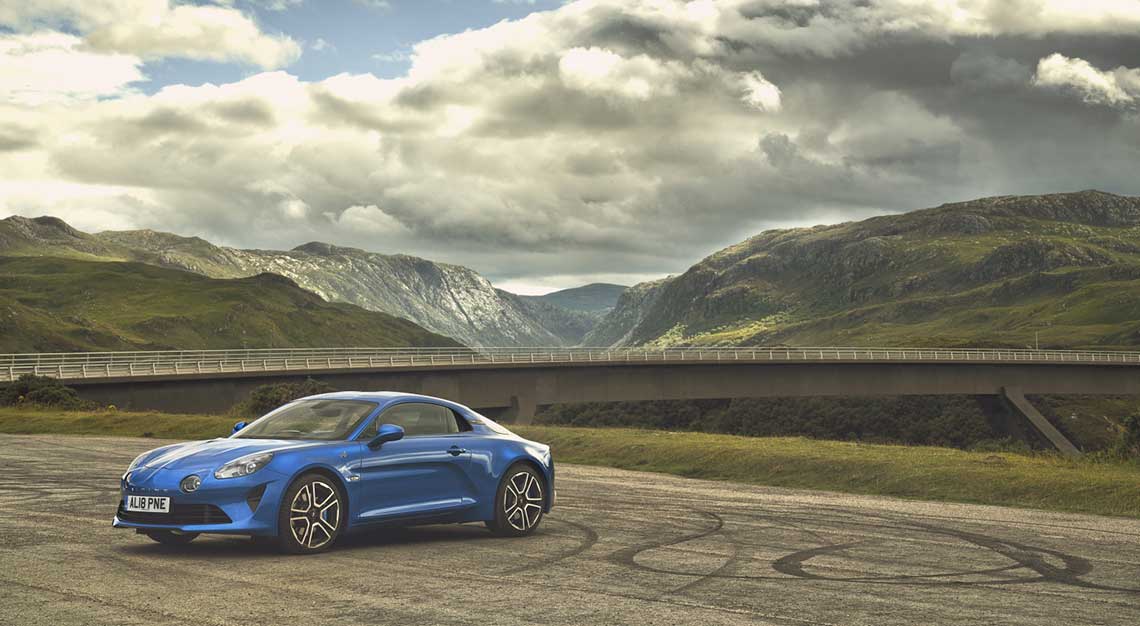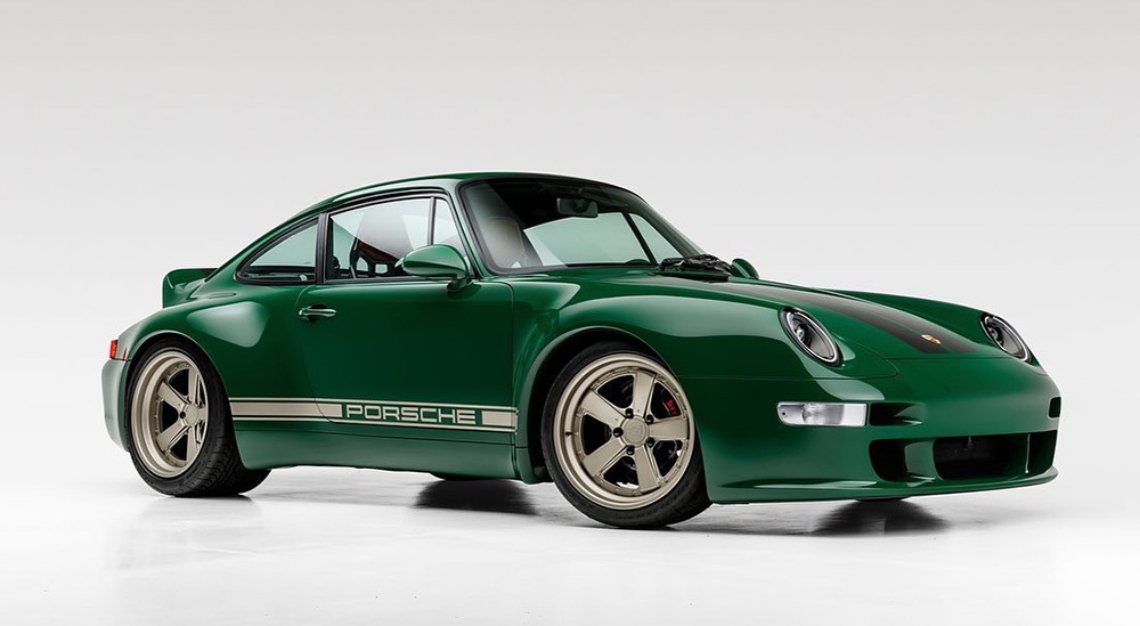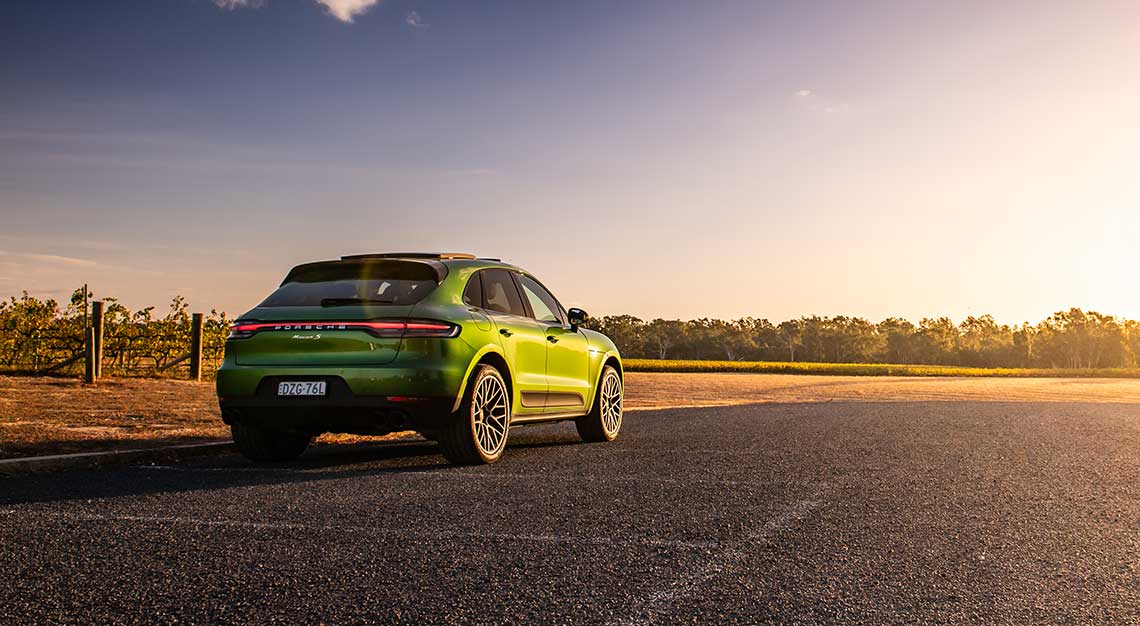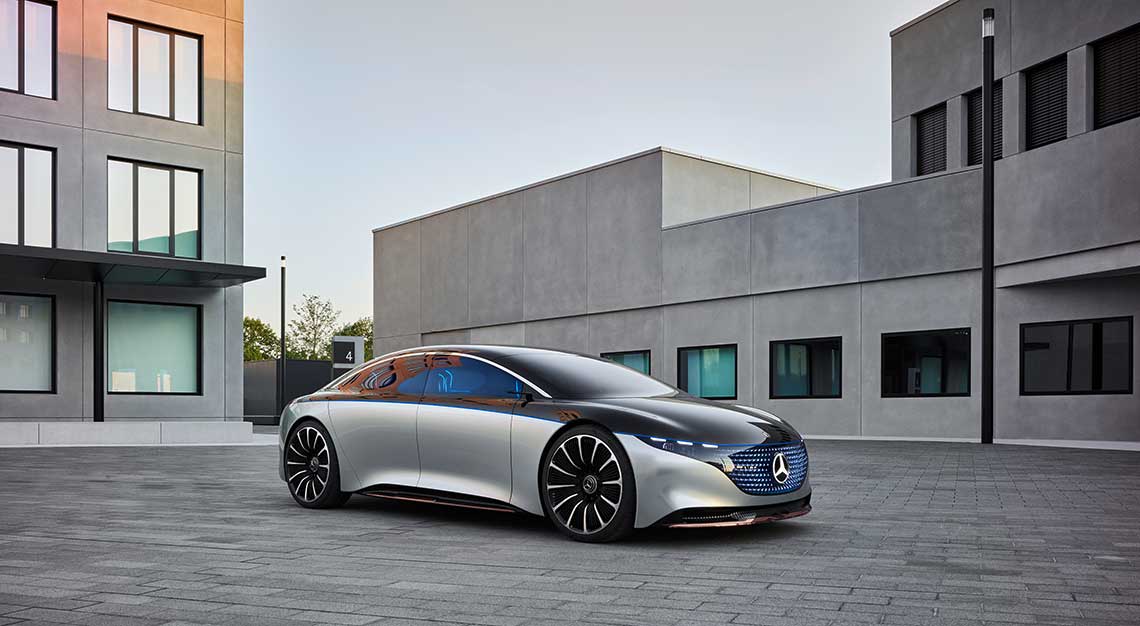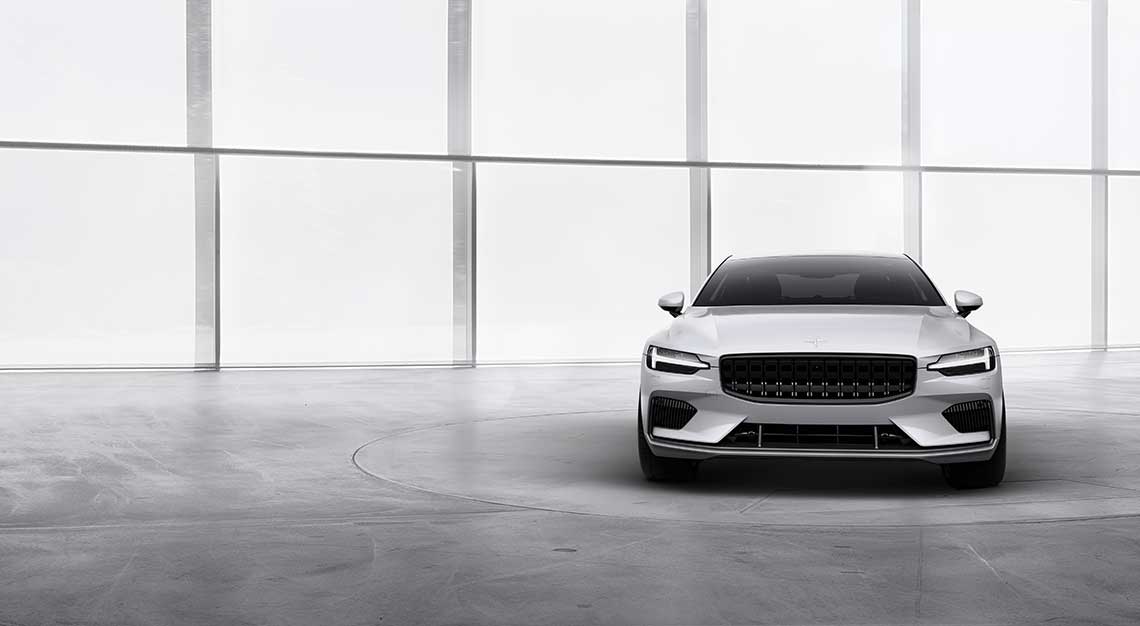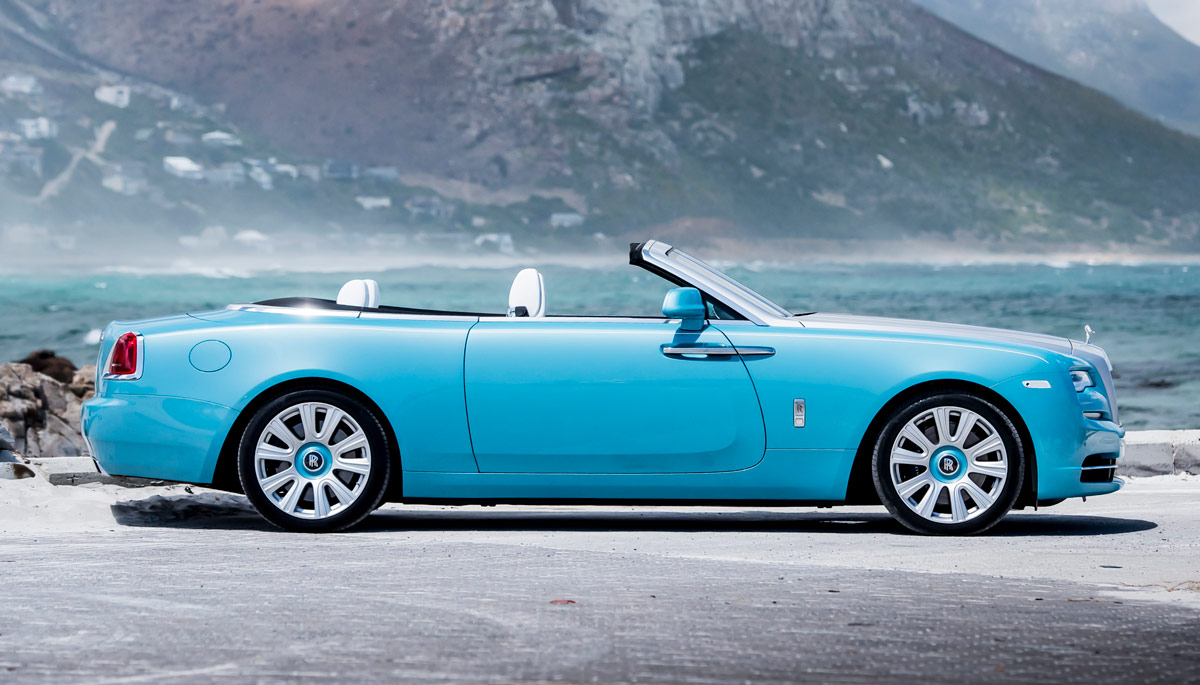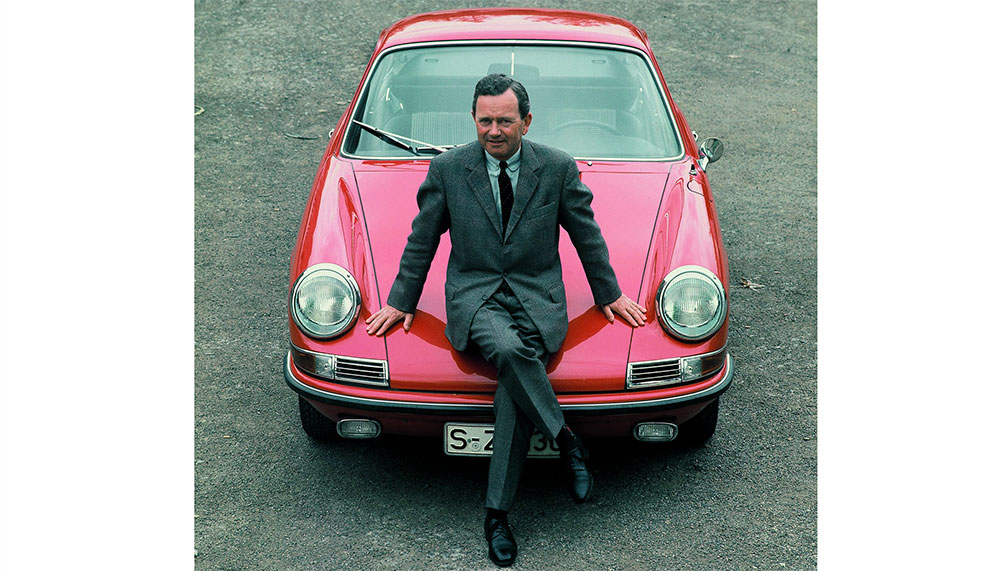The first modern car from the resurrected Alpine brand is simply glorious
In a world gone mad with power, in a world where supercars have over 700hp and hypercars pack around 1,000hp or more, a humble sports car with barely 250hp to its name should barely raise any eyebrows, if it doesn’t elicit a yawn first.
I would argue that a sports car’s role is not to have crushing power. A sports car is supposed to be brisk, but its main remit is to entertain without intimidating. Smallish dimensions and lively handling, with just enough speed to keep things interesting is the key to a sports car’s success.
It’s the reason why the Porsche Boxster / Cayman have been the de facto segment leaders for over three decades. But, it seems the Porsches have finally met their match in the Alpine. If you don’t see the enormity of that statement, then I encourage you to take a test drive in a Boxster and / or a Cayman, then look me in the eye and tell me that isn’t the sweetest-handling car you’ve driven.
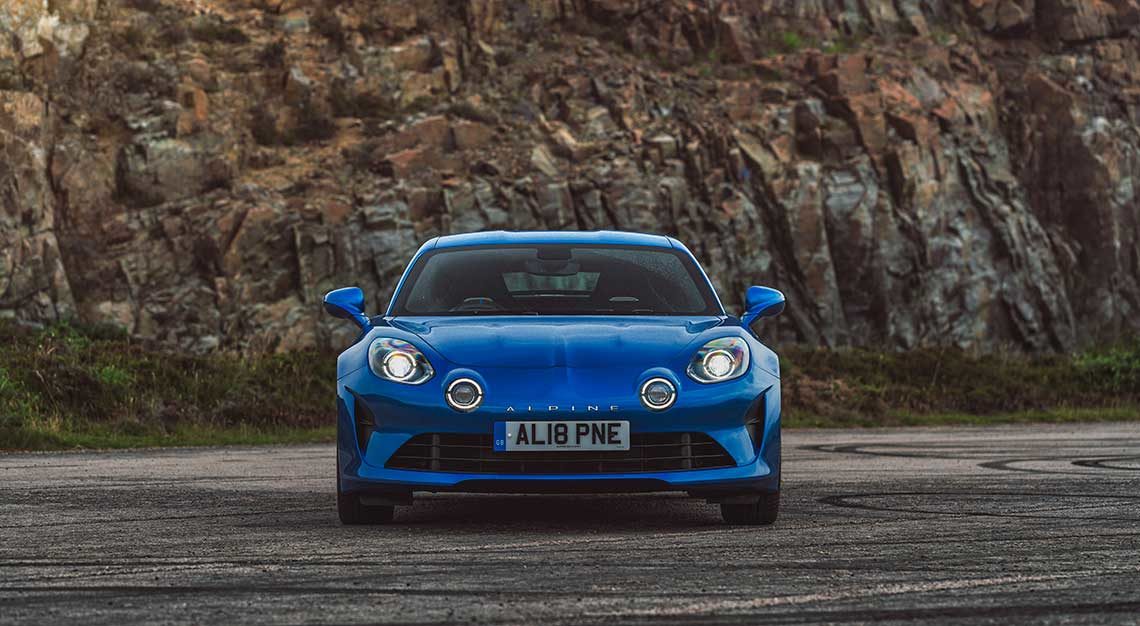
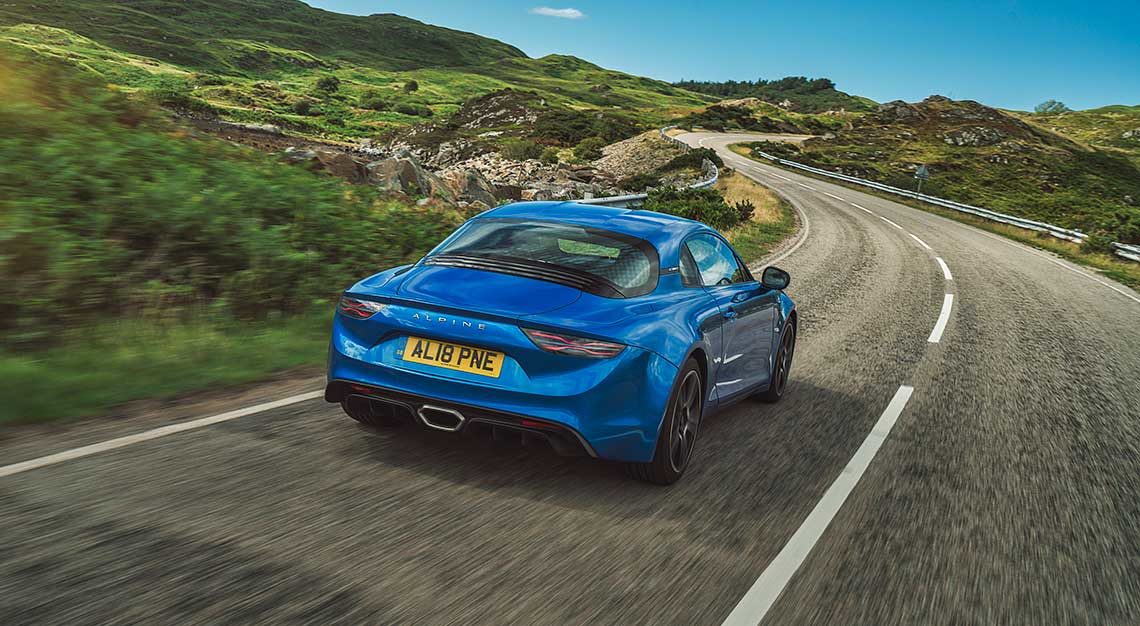

Sure, there have been pretenders to the throne during that time. The Lotus Elise, Alfa Romeo 4C and fourth-generation Mazda MX-5 have all tried and failed to reach the standards set by the Porsche twins.
And here’s why: the Lotus is too spartan and ingress / egress is too hard unless you’re a rake-thin gymnast; the Alfa is too manic and it doesn’t even get power steering; and the Mazda, while extremely affordable, is too slow. There’s also the new Toyota Supra, but we’ll reserve judgment for when we get our hands on one.
The Alpine may not have the luxury of the Porsches, but it’s a good deal cheaper. The A110 costs $238,800 without COE, and the cheapest 718 Cayman you can get is $273,988, also excluding COE premiums. It should also be noted that a more realistic, on-theroad price of a 718 Cayman, with some choice options thrown in (don’t do bare bones Porsches, please, just don’t) is closer to $350,000.
Anyway, good value aside, where the A110 scores big – and I do mean really big – is in its handling. Alpine is owned by Renault and the A110 is built by Renault Sport, the carmaker’s performance arm. A company I’d go so far as to say is the only one left in the entire car industry (and perhaps Porsche’s GT division) that still cares about making cars for keen drivers, instead of cynically chasing horsepower and sales numbers.
And crucially its cars do it without pandering to the lowest common denominator. The A110 is approachable, exploitable, but it also gives the impression that its reserves of ability are deep indeed. You get the feeling it’s only as good as you are, which in an age of trick electronics and massive mechanical grip necessitated by monster power outputs that make even the most ham-fisted feel like driving gods, makes the A110 a breath of fresh air.
Now, I get how this may not appeal to everyone. After all, who doesn’t like to feel heroic in an overpowered supercar? That said, there’s something about driving a car that you are in control of, a car that rewards graceful inputs with equally graceful delivery. And the A110 certainly is rewarding there.
There’s a delicacy to the chassis (set up for the mildest of understeer states) that goes exactly where you want it to, and it’s just as easy to make fine adjustments to the car mid-corner simply by feathering the throttle. This is also a good time to bring up how the A110 has one of the best-judged sport modes for a modern car.


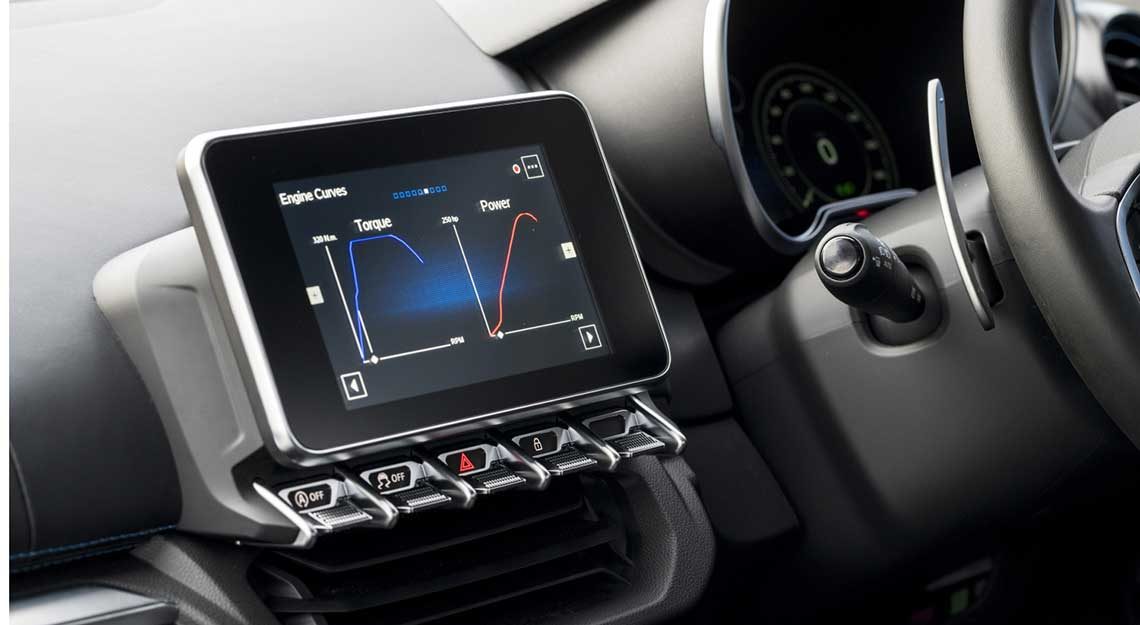
I’ve made no secret in the past about my disdain for how most manufacturers think a hair-trigger throttle is a desirable thing. In another break with established norms, the sport mode in the A110 keeps the measured throttle response, but increases the aggressiveness of the seven-speed dual-clutch gearbox and introduces an addictive crackle to the exhaust note on the overrun.
The latter provides some great accompaniment to the turbocharger’s whooshing and whistling. Again, unlike other newer sports cars, the A110 makes no secret of how it has forced induction, and it’s even rather proud of that fact. And I haven’t even gotten to its brakes – meaty, laden with feel and with excellent modulation.
Or its suspension, which in true Renault Sport fashion is phenomenally good. It provides exceptionally granular feedback about what’s happening underfoot while still comfortable enough to handle the daily commute.
Of course, also in true Renault fashion, the A110 scores a few ergonomics own-goals. Oh, don’t get me wrong, its remarkably comfortable fixed-back bucket seats are excellent, as are its driving position and its scope of adjustability. It has no glove box, centre console box and door pockets, which I suppose is fair enough. You half expect a mid-engined sports car to have somewhat compromised practicality.
But the storage tray below the floating centre console is extremely difficult to reach into, given the seat’s tall side bolsters. And accessing the leather roll bag between the seats on the rear firewall requires flexible occupants. Still, that isn’t enough to earn the A110 a black mark.
It’s easily the most rewarding car to drive in its segment – a Porsche Cayman matches it for poise and finesse, but not when it comes to driver involvement. If nothing else, it’s an experience that can’t be found in any other car. The Alpine A110 is a truly special thing, and when you consider I’ve said similar things about cars with three times its power and costing three times as much, that’s saying something.
